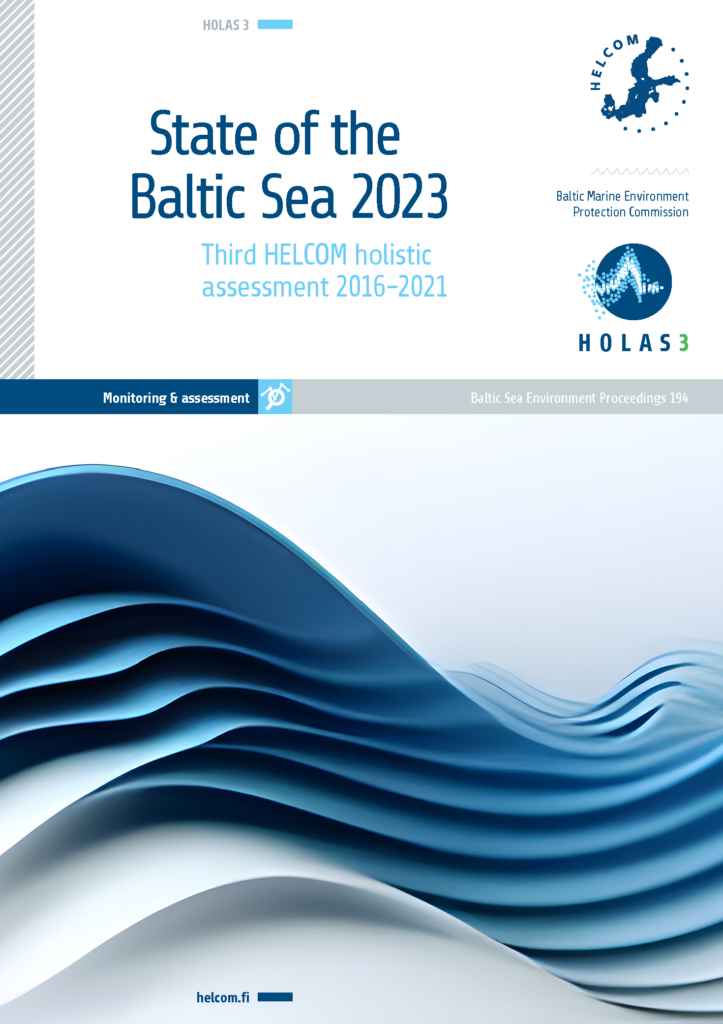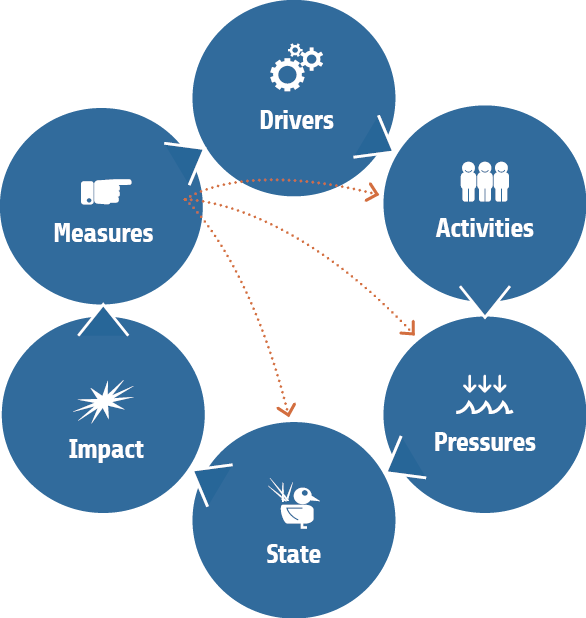WHY DO WE NEED HOLAS?
Why is a holistic assessment of the Baltic Sea needed?
This holistic assessment captures a snapshot in time, reflecting the environmental condition and the role contemporary society plays in the dynamic life history of the Baltic Sea. In producing the assessment, researchers and experts around the Baltic Sea share insights into the various aspects that drive changes in its ecosystem.
The task is not trivial. Different pressures often interact within the societal, economic and ecological complexity encompassing the Baltic Sea environment, and the effects on species and habitats may occur with a time lag or may be expressed differently between species or areas.
It is crucial to produce an overview of the whole system that is as comprehensive and accurate as possible. Together, we want to understand which activities put pressures on the ecosystem and how they do so, how those pressures affect the state of the environment and biodiversity (in other words the species and habitats of the Baltic Sea), how the ecosystem and its functions are altered, and how such changes influence or can be influenced by societal factors.
We want to use these insights to define new actions to renew, update and establish more effective measures to ensure a healthy Baltic Sea.
Figure 1.5. The conceptual management framework HELCOM works in and within which the holistic assessment is made. As a basis for further development of the holistic assessment, HELCOM has used a version of the Driver-Activities-Pressures-State-Impacts-Response (DAPSIR) framework, modified to fit the work under HELCOM and address the needs of the holistic assessment.

State of the Baltic Sea 2023 — The third HELCOM holistic assessment (HOLAS 3)
State of the Baltic Sea 2023 is a synthesis report that builds on, and integrates, results from a wide range of assessment products produced within the third HELCOM holistic assessment. Its role is to link information from the underpinning assessment products together, thus highlighting the holistic aspects. With this in mind, the summary report focuses on presenting the results and on an in-depth look at why we are seeing these results, providing over-arching context and analysis. The report helps develop a clearer picture of where we are and how things are connected, supporting coordinated and effective measures to strengthen the Baltic Sea environment.

